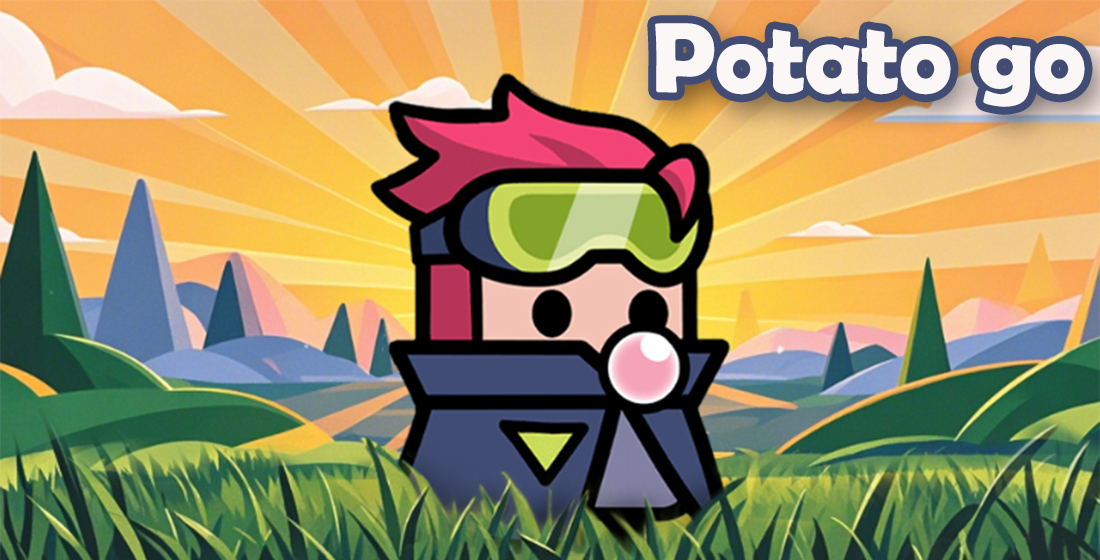Unlocking Fun: Why Puzzle Games Are the Future of Hyper Casual Gaming
In the ever-evolving landscape of gaming, puzzle games stand out, not just as a transient trend but as a formidable force propelling the hyper casual games genre to new heights of popularity. These games are taking over, thrilling millions and creating a more engaging landscape for players worldwide. But what makes puzzle games the future of hyper casual gaming? Let’s dive into this exciting realm!
The Rise of Puzzle Games in the Hyper Casual Sector
Puzzle games have fundamentally changed how players interact with their devices. Traditionally seen as time-wasters, these games have transformed into gripping experiences that can engage even the most casual gamers. Many developers are unlocking the fun in these games, making skill-based puzzles an integral part of casual gaming.
Characteristics That Attract Players
Let’s break down what makes puzzle games so appealing:
- Accessibility: They are easy to play but hard to master, attracting players from all walks of life.
- Simplicity: The straightforward mechanics make them ideal for quick sessions during commutes or breaks.
- Visual Appeal: Stunning graphics and engaging sound effects draw players in.
- Endless Variety: With numerous sub-genres to explore, boredom is a thing of the past.
Why Hyper Casual Games Matter Now More Than Ever
The hyper casual game market has exploded, with more players seeking accessible entertainment. These games allow anyone to dive in without intense tutorials or steep learning curves. Puzzle games fit perfectly within this niche, complementing the desire for quick, rewarding experiences.
Brain Benefits of Puzzle Games
Engagement with puzzle games has been linked to various cognitive benefits, appealing to players who want mental stimulation:
- Enhances problem-solving skills.
- Improves memory retention.
- Boosts pattern recognition.
- Encourages strategic thinking.
Revenue Potential in the Free-to-Play Model
Many puzzle games operate on a free-to-play basis, rewarding developers with revenue through in-game purchases and ads. This model has enabled a boom in the hyper casual sector. Players engage through free games ASMR experiences that draw them into immersive worlds designed for both relaxation and excitement. Here’s a glimpse of the sustainable revenue models:
| Model | Description | Advantages |
|---|---|---|
| Ad-Supported | Games are free with ads between levels or in gameplay | Attracts a larger audience by eliminating cost barriers |
| In-App Purchases | Players can buy extras like hints or skins | Generates steady revenue with a dedicated player base |
| Subscription Model | Monthly fees for premium content | Provides consistent income for developers |
The Connection to Popular Titles
With the immense popularity of blockbuster games, like "God of War: Ragnarok," there is a growing contrast between AAA titles and hyper casual games. Players may feel overwhelmed by lengthy narratives and complex mechanics. Puzzle games present a refreshing alternative that keeps gaming accessible.
Future Potential: What Lies Ahead?
The future is bright for puzzle games and hyper casual gaming. As technology advances, integrating AR and VR features into puzzle games fosters even more engagement. Imagine solving puzzles that interact with your surroundings! The potential for growth in this sector is limitless.
Conclusion
In conclusion, puzzle games are not just a fad in the vast universe of hyper casual games; they represent a seismic shift in how we engage with games. With their simplicity, cognitive benefits, and endless variety, they are set to climb the charts of gaming popularity. As we continue to unlock the fun on our screens, one thing is clear: puzzle games are here to stay, and this bright future is just waiting to be explored!



